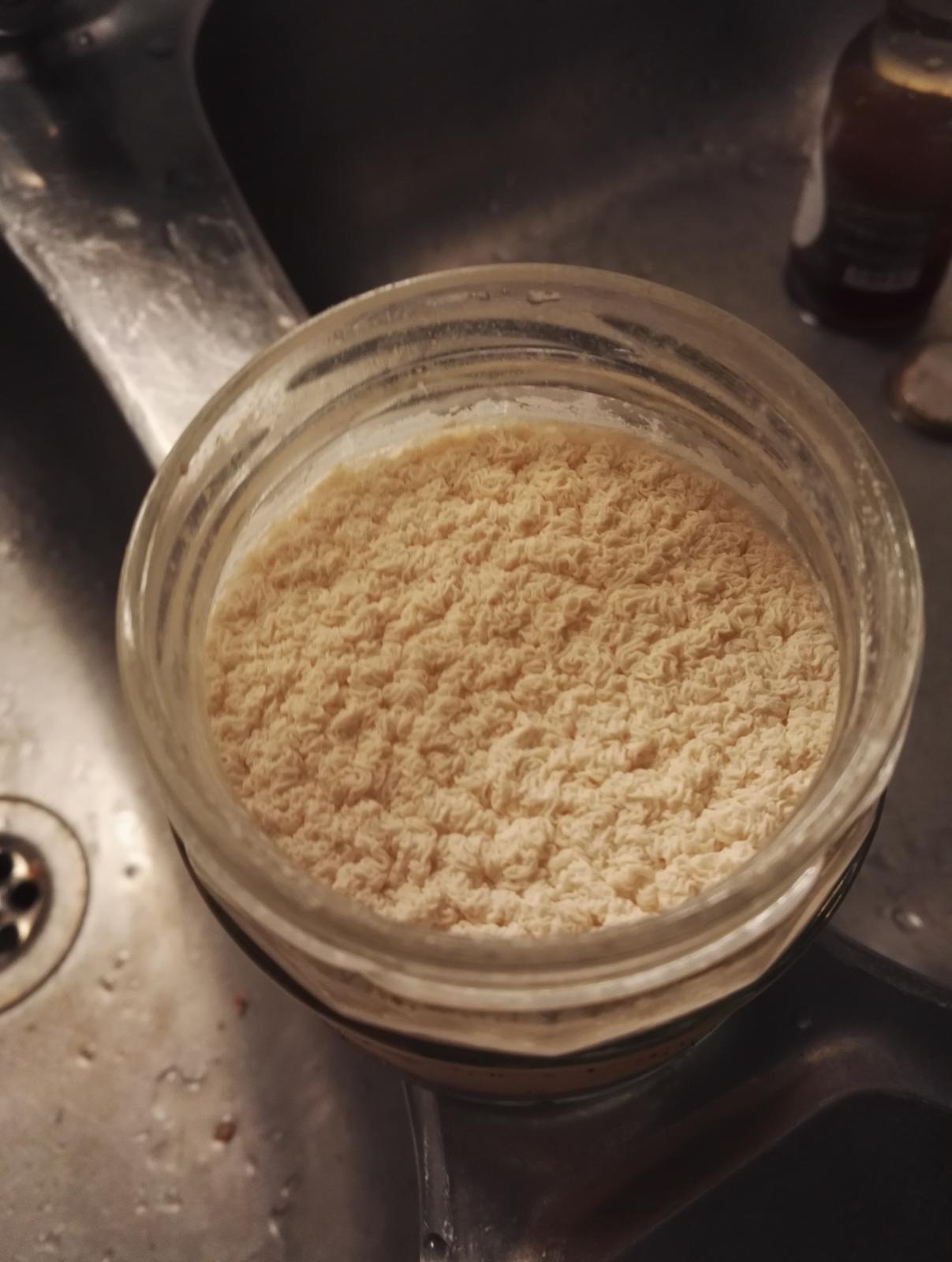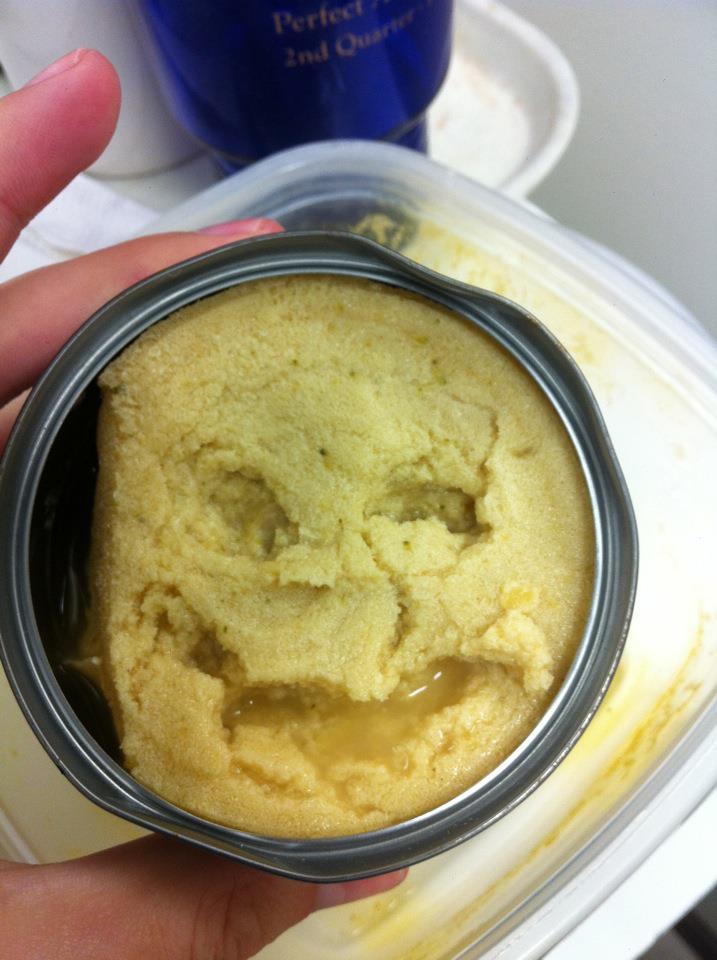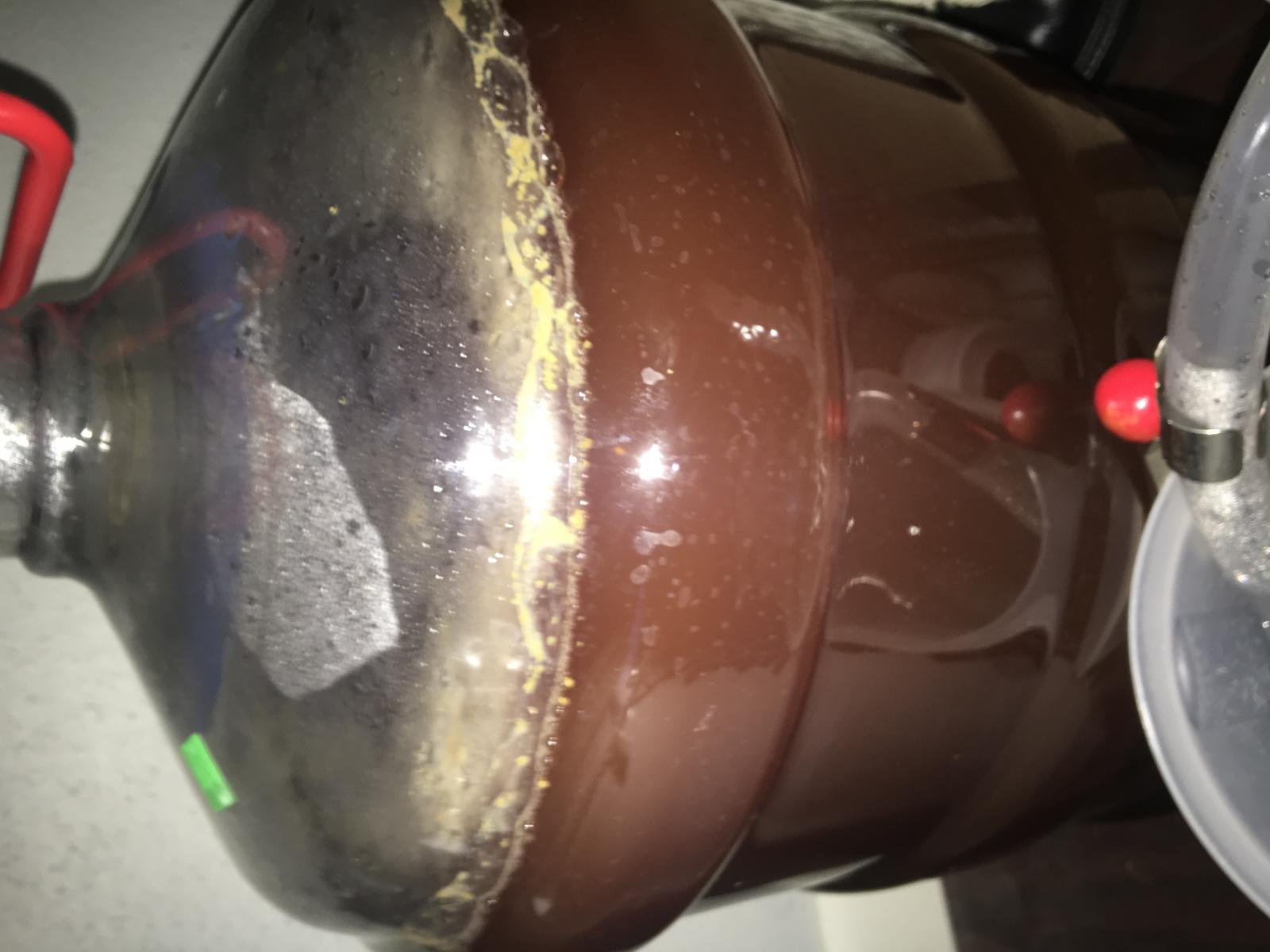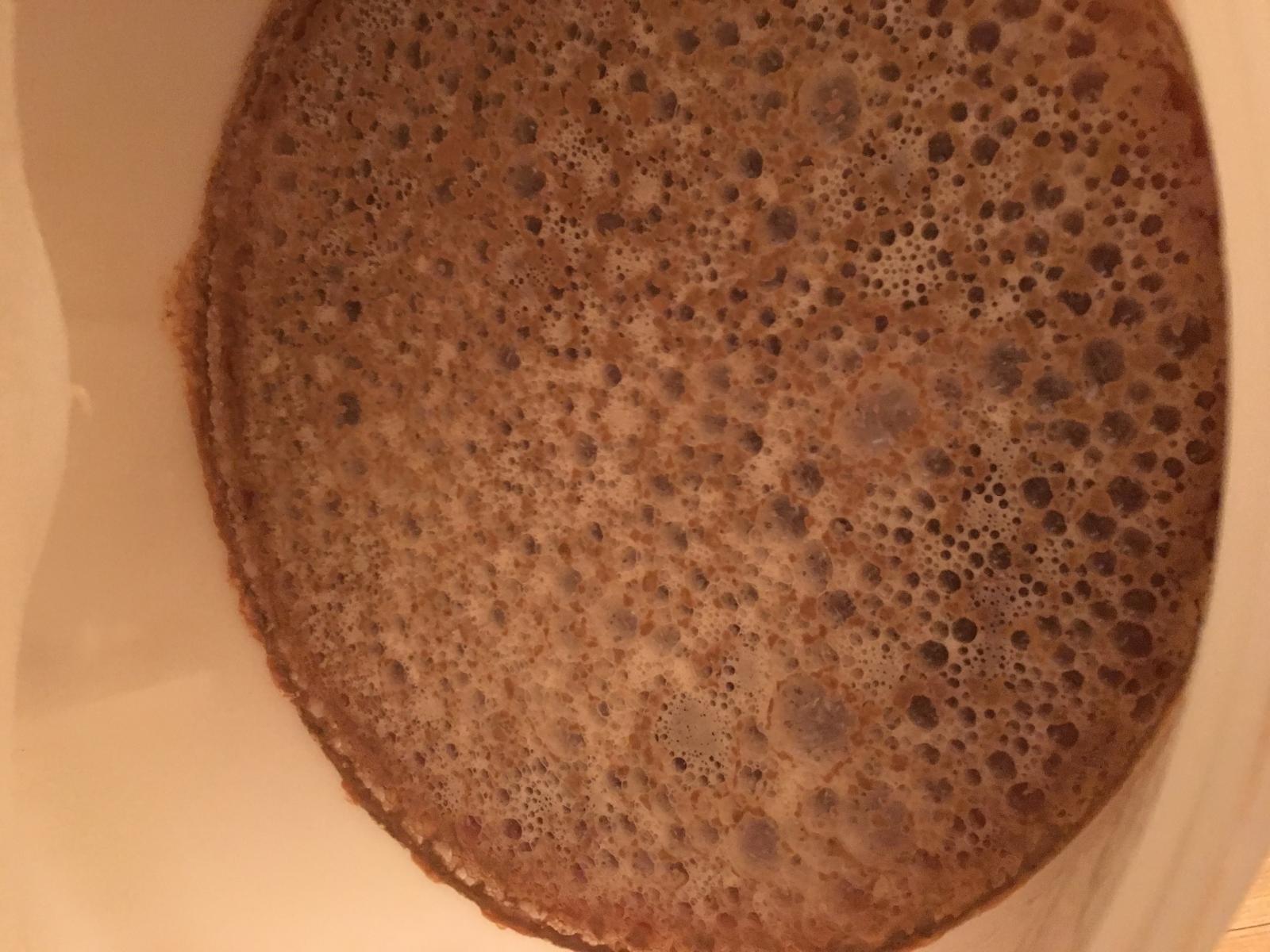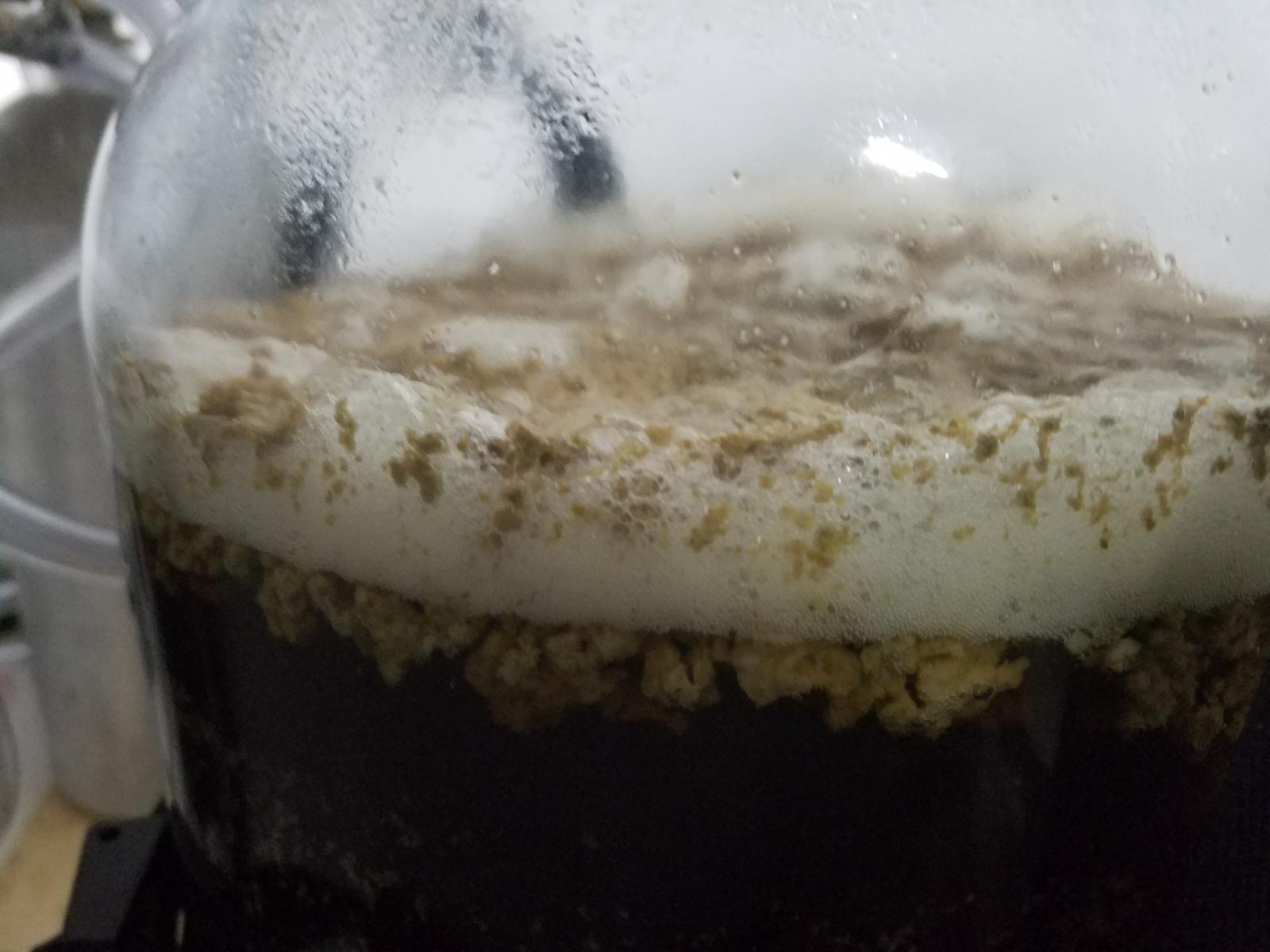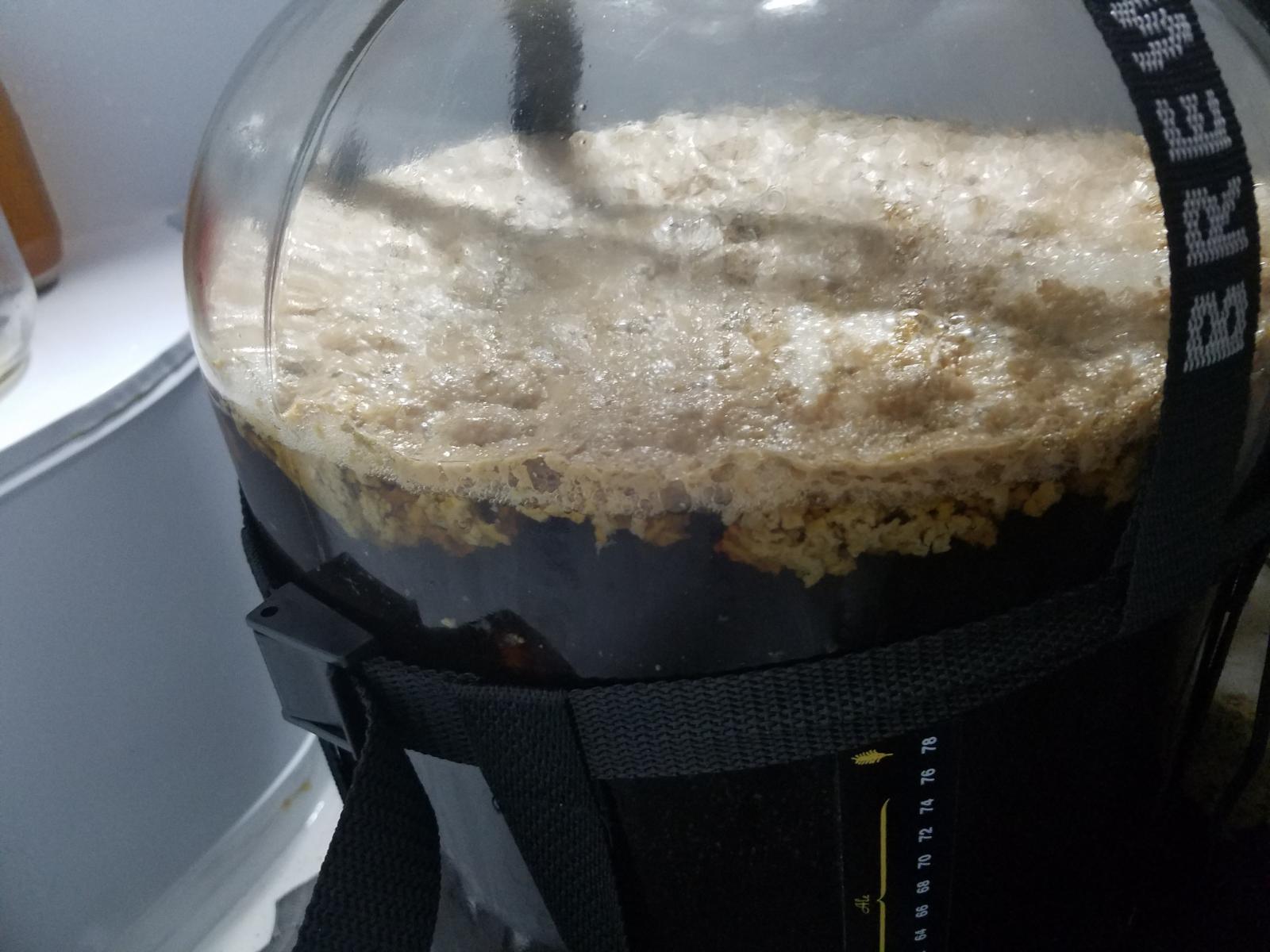Of course you can use bleach on all your plastic equipment, just avoid it on Stainless Steel. After a good bleach soak/scrub, rinse well, then put it out in the sun for a day (or 2) to remove the last bleach remnants. The UV light also helps in sterilizing your equipment.
Check for scratches in your cold side equipment, and use a brush to clean threaded parts. Check your FastFerment carefully for nooks and crannies that may hold onto dirt, old dried on yeast krausen etc. Isn't there a threaded valve on the bottom of the FastFerment? That definitely needs to be cleaned thoroughly. There are narrow passages inside the valve that don't rinse out well. Does it come apart for cleaning? Soak parts in hot PBW and brush them clean without scratching them.
As mentioned before, replace your tubing. I never dry my racking hoses, they stay submerged under Starsan in a bucket. They'll get semi-opaque over time. I run a long draw brush through them from time to time and after each use.
Infections could indeed come in from your starters, so pay extra attention to sanitation there. Turn your AC or forced heat off while working with yeast and open fermentors.
I always mop the cold side equipment, flasks, yeast storage jars, etc. with a small Starsan soaked wash cloth, and also use a spray bottle.
Go over your methods carefully and scrutinize for possibly missed steps and overlooked parts that need cleaning/sanitizing. The valve on your boil kettle is one such area. It doesn't get hot enough to incinerate bugs. Any threaded part can hold onto dirt and bacteria. Keep em clean.



